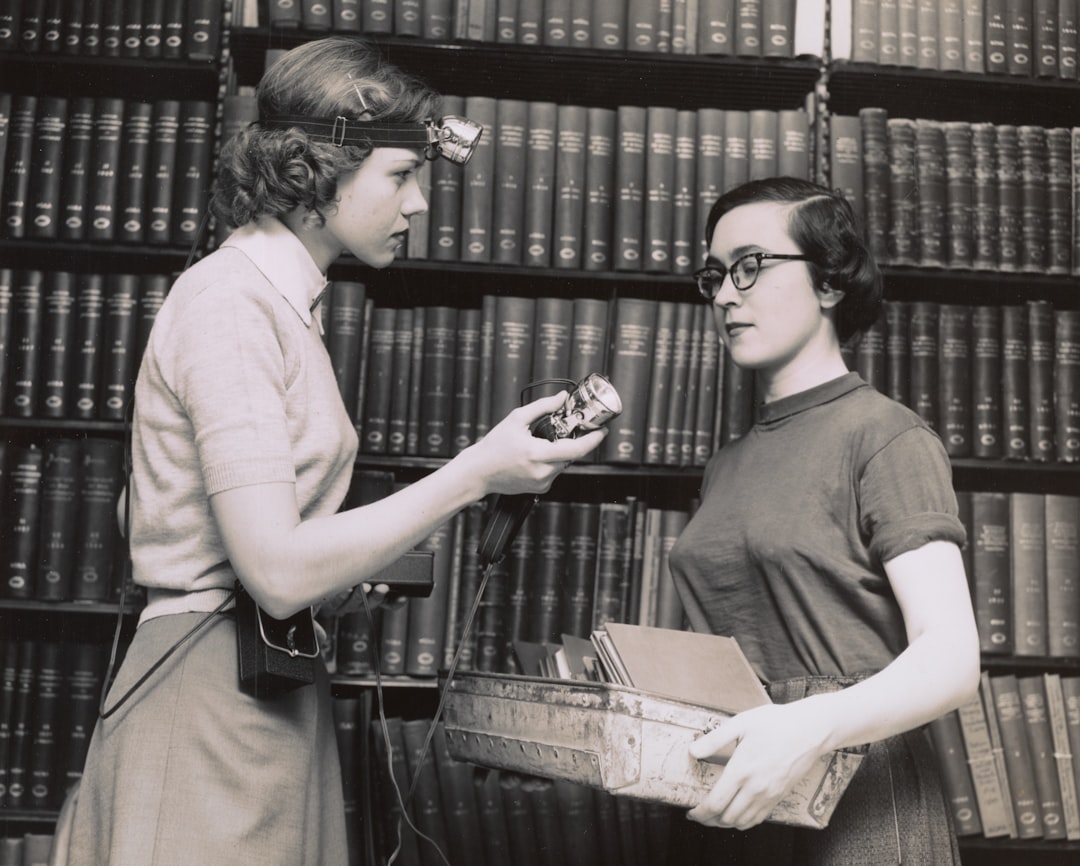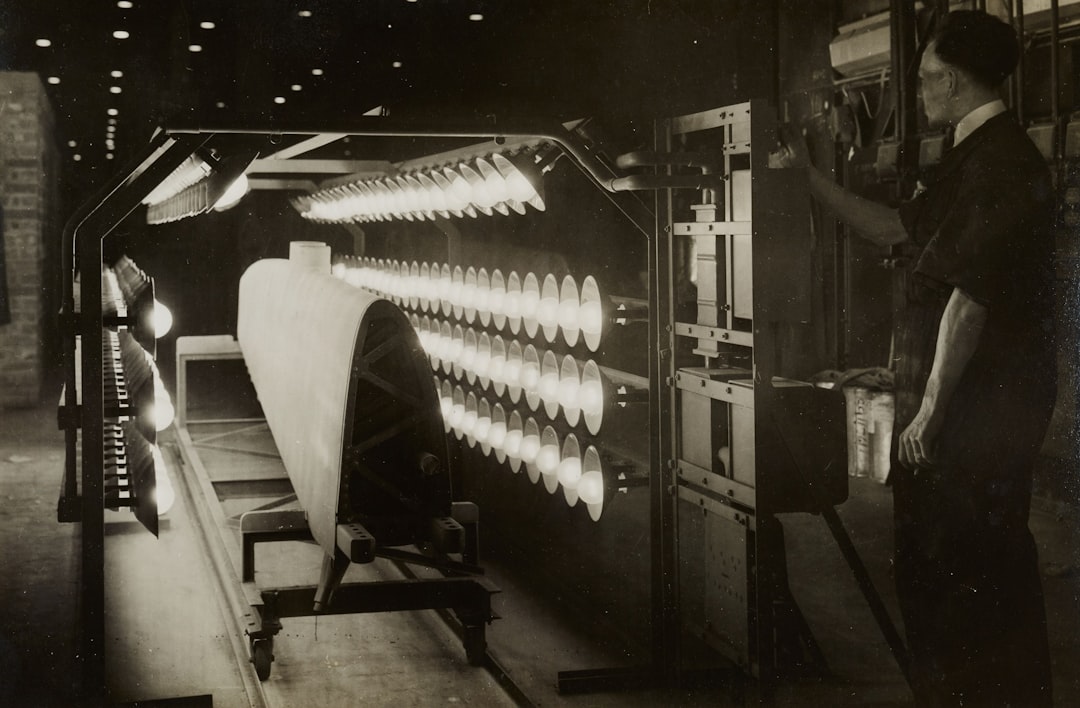The Early Internet: What We Forgot and Learned

Introduction
The internet, as we know it today, is a vast and intricate network that connects billions of people worldwide. However, its origins were far more modest and experimental. The early internet was a groundbreaking innovation that laid the foundation for the digital age. This article delves into the forgotten aspects of the early internet and the valuable lessons learned from its evolution.
Key Points
- The early internet was primarily a tool for academic and government communication.
- Initial internet protocols and technologies were rudimentary compared to today's standards.
- The commercialization of the internet in the 1990s transformed its accessibility and functionality.
- Early internet culture was characterized by a spirit of collaboration and open sharing.
- Security and privacy concerns emerged as major issues as the internet expanded.
Main Sections
The Origins of the Internet
The internet's roots can be traced back to the 1960s with the development of ARPANET, a project funded by the U.S. Department of Defense. ARPANET was designed to enable secure communication between military and academic institutions. It introduced packet switching, a method of data transmission that remains fundamental to internet communication today.
Key Technologies
- Packet Switching: This technology allowed data to be broken into smaller packets, sent independently, and reassembled at the destination. It was more efficient and reliable than previous methods.
- TCP/IP Protocol: Developed in the 1970s, the Transmission Control Protocol/Internet Protocol (TCP/IP) became the standard networking protocol, enabling diverse networks to communicate with each other.
The Rise of the World Wide Web
In 1989, Tim Berners-Lee, a scientist at CERN, proposed the World Wide Web, a system for sharing information via hypertext documents. This innovation made the internet more accessible to the general public by allowing users to navigate between documents using hyperlinks.
Impact of the Web
- User-Friendly Interface: The introduction of web browsers like Mosaic and Netscape Navigator in the early 1990s made the internet more user-friendly and visually appealing.
- Commercialization: The mid-1990s saw the commercialization of the internet, with the emergence of online businesses, e-commerce, and digital advertising.
Early Internet Culture
The early internet was characterized by a culture of openness and collaboration. Communities formed around shared interests, and information was freely exchanged. This period saw the rise of online forums, newsgroups, and mailing lists, which fostered a sense of community among users.
Notable Platforms
- Usenet: A distributed discussion system that allowed users to post and read messages on various topics.
- Bulletin Board Systems (BBS): Early online communities where users could share files, post messages, and play games.
Lessons Learned
The rapid expansion of the internet brought about several challenges and lessons: - Security and Privacy: As the internet grew, so did concerns about security and privacy. The rise of cybercrime and data breaches highlighted the need for robust security measures. - Digital Divide: The internet's growth also underscored the digital divide, with disparities in access to technology and information between different regions and socioeconomic groups. - Regulation and Governance: The internet's global nature raised questions about regulation and governance, leading to ongoing debates about net neutrality, censorship, and digital rights.
Why It Matters
Understanding the early internet is crucial for appreciating the technological advancements and cultural shifts that have shaped our current digital landscape. The lessons learned from its development continue to inform discussions about internet governance, security, and accessibility. As we navigate the complexities of the modern internet, reflecting on its origins can provide valuable insights into its potential future.
FAQ
What was ARPANET?
ARPANET was the precursor to the internet, developed in the late 1960s by the U.S. Department of Defense to enable secure communication between military and academic institutions.
Who invented the World Wide Web?
The World Wide Web was invented by Tim Berners-Lee in 1989 while working at CERN. It revolutionized the way information was shared and accessed online.
What is packet switching?
Packet switching is a method of data transmission where information is broken into smaller packets, sent independently, and reassembled at the destination. It is a fundamental technology of the internet.
Sources
- Internet History from ARPANET to Broadband - National Science Foundation
- A Brief History of the Internet - Internet Society
- The World Wide Web: Past, Present and Future - World Wide Web Consortium
Related Topics
- ARPANET
- World Wide Web
- Internet Protocols
- Digital Divide
- Cybersecurity
Up Next





